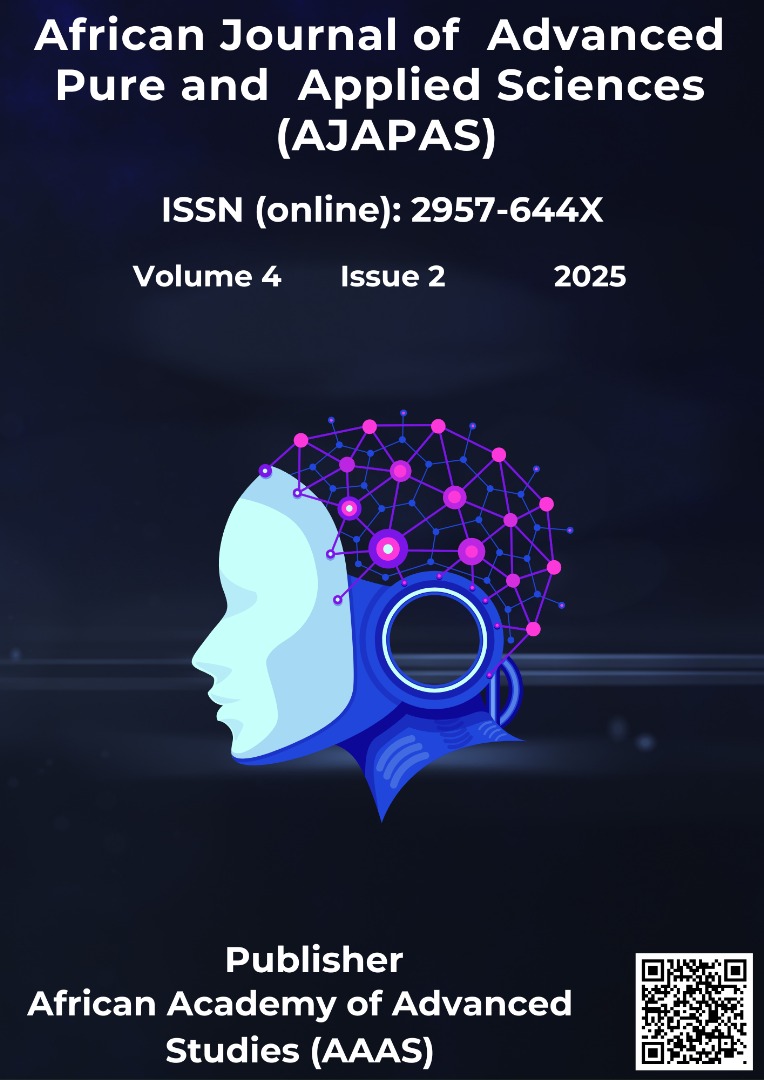Biodiversity and Chemical Composition Study of Shells in Mollusks from The Intertidal Zone of Apollonia, Susah Shores, Libya Using X-Ray Fluorescence (XRF) Spectroscopy
Keywords:
Mollusk shells, XRF analysis, Biodiversity, Trace elements, LibyaAbstract
This research investigates the biodiversity and elemental composition of mollusk shells—specifically gastropods and bivalves—collected from the intertidal zone of Apollonia, Susah Shores, Libya. Shell samples (n = 456) were gathered between November 2019 and February 2020, and species identification was performed using standard taxonomic keys. Ten molluscan families were recorded, with Patellidae, Trochidae, Conidae, and Muricidae being the most prevalent. X-Ray Fluorescence (XRF) analysis revealed that calcium carbonate (CaCO₃) was the predominant shell constituent, accounting for 93.33% to 97.88% of the composition. Minor amounts of silica (SiO₂), aluminum oxide (Al₂O₃), and iron oxide (Fe₂O₃) were also present, suggesting both environmental influence and physiological processes in shell development. These findings contribute to the understanding of molluscan shell formation in coastal ecosystems and offer a foundation for further studies on their ecological roles and potential industrial utilization.





